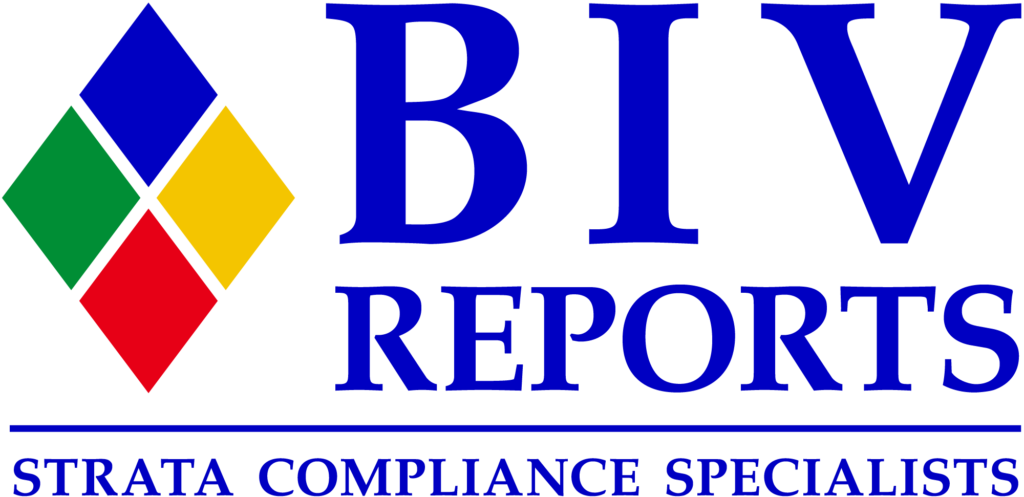Asbestos in strata and community schemes
Ask wrong questions, get wrong answers
WHS Legislation
When asked whether a Strata Scheme has to comply with the WHS legislation in regard to obtaining an Asbestos Register and Asbestos Management Plan, the answer is’ it depends’. Is it a Workplace?
Since 2012 each State (except Victoria) has adopted the model WHS legislation which requires a safe Workplace. Clause 7 of the WHS model regulation provides an exemption for a ‘strata title body corporate’ when it does not ‘engage any worker as an employee’, and also relates to common areas used only for residential purposes. That is, a purely residential strata scheme can engage workers as contractors, volunteers and the like (see s7 WHS Model Act) and still be exempted from the provisions of the WHS legislation.
The exemption is lost if there is non- residential use of common property or a worker is engaged as an employee, ie caretaker.
Curiously, Clause 421 of the WHS Model Regulations states that residential premises used only for residential purposes do not have to obtain an Asbestos Register and Management Plan. See my comments on COVID-19 and working from home.
Civil Liability Legislation – codified Common Law Duty of Care
People get embroiled with the question of whether the WHS legislation applies or not, when the correct question should be ‘if I have likely asbestos or other dangerous material on my property under what legislation will I be sued for negligence if someone suffers harm?’
Section 5B of the Civil Liability Act (NSW, SA, WA, TAS) is the primary determinate of negligence where three key principles are to be considered by the Court (and the parties), being
1. was the risk foreseeable – a risk the person knew or ought to have known (owners cannot place their heads in the sand to save themselves from being sued),
2. the risk was not insignificant, and
3. what precautions a reasonable person (in control or management) would take in those circumstances.
The Court also has to weigh up the probability and likely seriousness of harm, the social utility and the burden of taking precautions. Referred to as the ‘time, cost and trouble’. Simply put, owed a duty of care, breached that duty and caused harm or damage.
(Similar provisions in Victoria – Wrongs Act, WA – + Occupiers Liability Act, ACT – Civil Law (Wrongs) Act, NT – Personal Injuries (L+D) Act)
Asbestos and other dangerous materials
31 December 2003 is the key cut off date for asbestos use in Australia. Whether dangerous materials are Asbestos Containing Material (ACM), dioxin or some other dangerous chemical, or simply, broken glass, the test in negligence and causing harm is the same.
The three buckets
In my view when considering asbestos, safety and similar issues there are three key buckets.
1. WHS legislation – being safe from prosecution and other penalties,
2. The Civil Liability Act – meeting the key tests and principles above, and
3. The right thing to do – ie, there is no statutory requirement for street numbers on a property but would be handy for emergency services, or additional handrails for elderly or mobility limited occupants, or chaining furniture away from pool fences or balconies to prevent children climbing, and the like, (those safety and prudent considerations that do not belong in the WHS or Civil Liability buckets).
COVID-19 and working from home
SafeWork NSW has issued guidance for people using their residence (or home address i.e. strata scheme) as a workplace and have stated even when occasionally working from home an Asbestos Register is required.
In May 2021 a workplace in South Australia was prosecuted and fined $2,220 for not having an Asbestos Register. This is a wake up call for many people.
Asbestos Registers and Management Plans
There is no requirement to test every suspected substance because the legislation allows the Competent Person to ‘assume’ an item is ACM. The contractor would then treat that material as if it is ACM and follow the national Safe Work Practices that ensures safety for occupants, visitors and the contractors.
A good Asbestos Register will
1. have a proper Risk Assessment for each item describing the likelihood of being Asbestos as well as the Contamination Risk,
2. include references to the National Safe Work Practices,
3. be live documents with a Safety Action or Management Plan,
4. include recommended control measures (ie removal, encapsulating, sealing, signage and the like), and
5. meet the respective State WHS legislative requirements.
Typical cost is around $40 per lot for 12 lots down to $30 per lot for 30 or more lots.
So, in weighing up the above, the correct question is – “is it prudent to obtain an Asbestos Register and Management Plan?” The answer is ‘Yes’.

View Comments
(0)